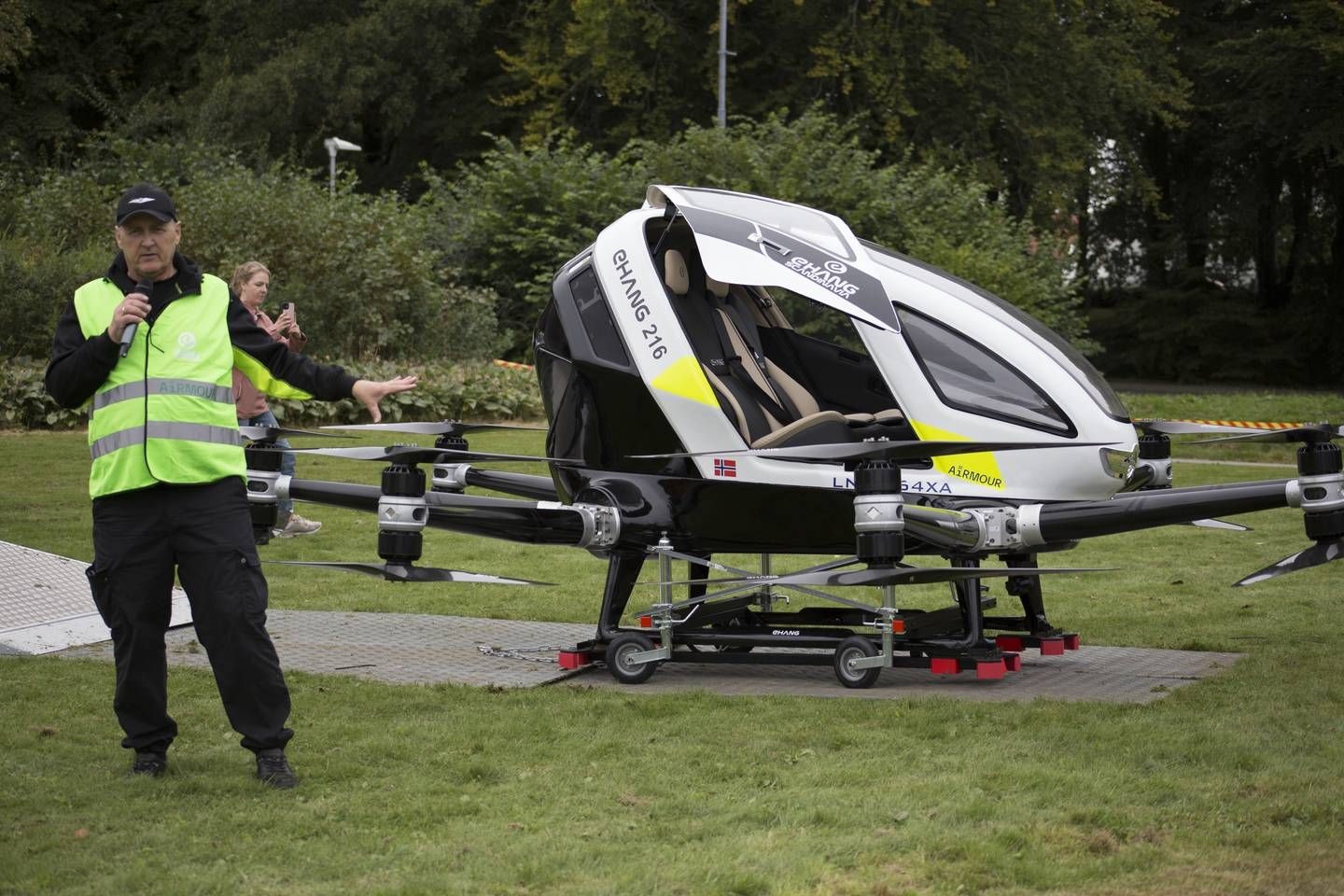
Life-saving drones, AiRMOUR in Norway started protocol validation procedures
Development of life-saving drone services proceeds with validations – AiRMOUR’s first round of flight demonstrations began last week in Norway
AiRMOUR intends to validate the research carried out in the project through real drone flights in Stavanger (Norway), Helsinki (Finland) and Kassel (Germany)
The validations include several use cases of life-saving services.
AiRMOUR is a research and innovation project focused on the development of urban air mobility.
The objective of the three-year project is to meet the needs of emergency medical services and to provide guidance to municipalities on opportunities for drone services.
A total of 13 partners from six countries (Finland, Sweden, Norway, Germany, Luxembourg and the Netherlands) are participating in the project, which is funded by the EU’s Horizon 2020 programme.
In the first half of the project, the AiRMOUR team researched potential use cases in the medical field, tried to identify the place of these new drone services in the existing medical system and analysed potential aerial risks, among other things.
Now the project will proceed to validate the research with real drone flights organised from this autumn to spring 2023.
The first flights took place on 21 September in Stavanger, Norway, before continuing to the cities of Helsinki, Finland, and Kassel, Germany.
AiRMOUR’s validation flights involve the use of two different types of drones (Ehang 216 and Falcon L400) and the transport of medical equipment and emergency medical services personnel
Personnel deliveries are most likely to take place using test dummies.
These types of new and innovative services are intended to be a useful addition to the existing medical system.
The objective of the validations is to move from less demanding flights and circumstances to more demanding ones, in order to increase the overall understanding of what is possible within the European regulatory framework for urban air mobility, with current operational capabilities and user requirements.
The expectation is to gain a great deal of new cutting-edge knowledge in terms of social aspects (e.g. public acceptance, commercial viability) and also technological aspects, such as airborne risks, ground risks, patient risks, airspace limitations and landing infrastructure – and much more, as determined within the framework of our work on AiRMOUR success criteria, which precedes all validations,’ says AiRMOUR project coordinator Dr Petri Mononen of VTT, Technical Research Centre of Finland.
Multiple use case demonstrations
During AiRMOUR’s first validation flights in Stavanger, operator Ehang Scandinavia will fly a defibrillator over a lake to a person suffering a heart attack.
In November, weather permitting, deliveries of other emergency medical products such as an EpiPen, adrenaline or specialised medical equipment will be tested in Helsinki.
The final phase will take place in Kassel, Germany, in spring 2023 and will focus on transport between medical facilities, i.e. ‘A-B flights’. In Luxembourg, validations will be carried out in the form of simulations.
Our first validations primarily serve to collect a lot of data for further analysis, but more importantly they serve as benchmarks for subsequent ones, to make sure we are on the right track in terms of operational capabilities in compliance with regulations,’ says Mononen.
According to Mononen, all lessons learnt from the first AiRMOUR validations will influence and improve subsequent ones
After collecting all the data from the validation operations, the project will move on to the final analysis and reporting phase to produce the main scientific contributions.
The contributions will include significant insights, advice and suggestions for the rest of Europe to support the safe and effective emergence of urban air mobility,’ he said.
The drones used in the AiRMOUR test
Ehang Falcon L400
Logistics drone with a maximum weight of 24.5 kg and a maximum payload of 5 kg to carry.
Diameter approximately 1.2 metres
AUTOMATIC flights with safety pilots who can take remote control if necessary
Intav Expo 720×90 Aside Logo
Typical operations up to a distance of 25 km
Maximum flight speed 90 km/h
Operations in AiRMOUR project will be performed as VLOS and BLOS in Specific Class, SAIL II with improved containment
Ehang 216
VTOL for passengers
Approximately 5.6 metres in diameter
No pilot on board
Maximum payload weight 600 kg
2 passengers or 220 kg payload
AUTOMATED flights with safety pilots who can take remote control if necessary
Typical operations up to 30 km distance
Maximum flight speed 120 km/h
Operations within the AiRMOUR project will be performed in accordance with EASA regulations and require the aircraft to achieve Design Verification.
Read Also:
Emergency Live Even More…Live: Download The New Free App Of Your Newspaper For IOS And Android
AiRMOUR Helps European Cities With Healthcare Drones (EMS Drones)
Botswana, Drones To Deliver Essential And Emergency Medical Supplies
Italy / SEUAM, The Drone For Transporting Drugs And Defibrillators, Starts Testing In October
Mozambique, UN Project To Use Drones For Post-Disaster Search And Rescue
Fotokite At The Service Of Firefighters And Security: The Drone System Is In Emergency Expo
Ivory Coast, Medical Supplies To Over 1,000 Health Facilities Thanks To Zipline Drones
Nigeria: Delivery Of Drugs And Medical Supplies To Be Carried Out Using Zipline Drones
Drones That Save Lives: Uganda Breaks Down Geographical Barriers Thanks To New Technology
Fotokite Flies At Interschutz: Here Is What You Will Find In Hall 26, Stand E42
Fotokite Tethered Drones: A Synonym Of Safety For Big Events


